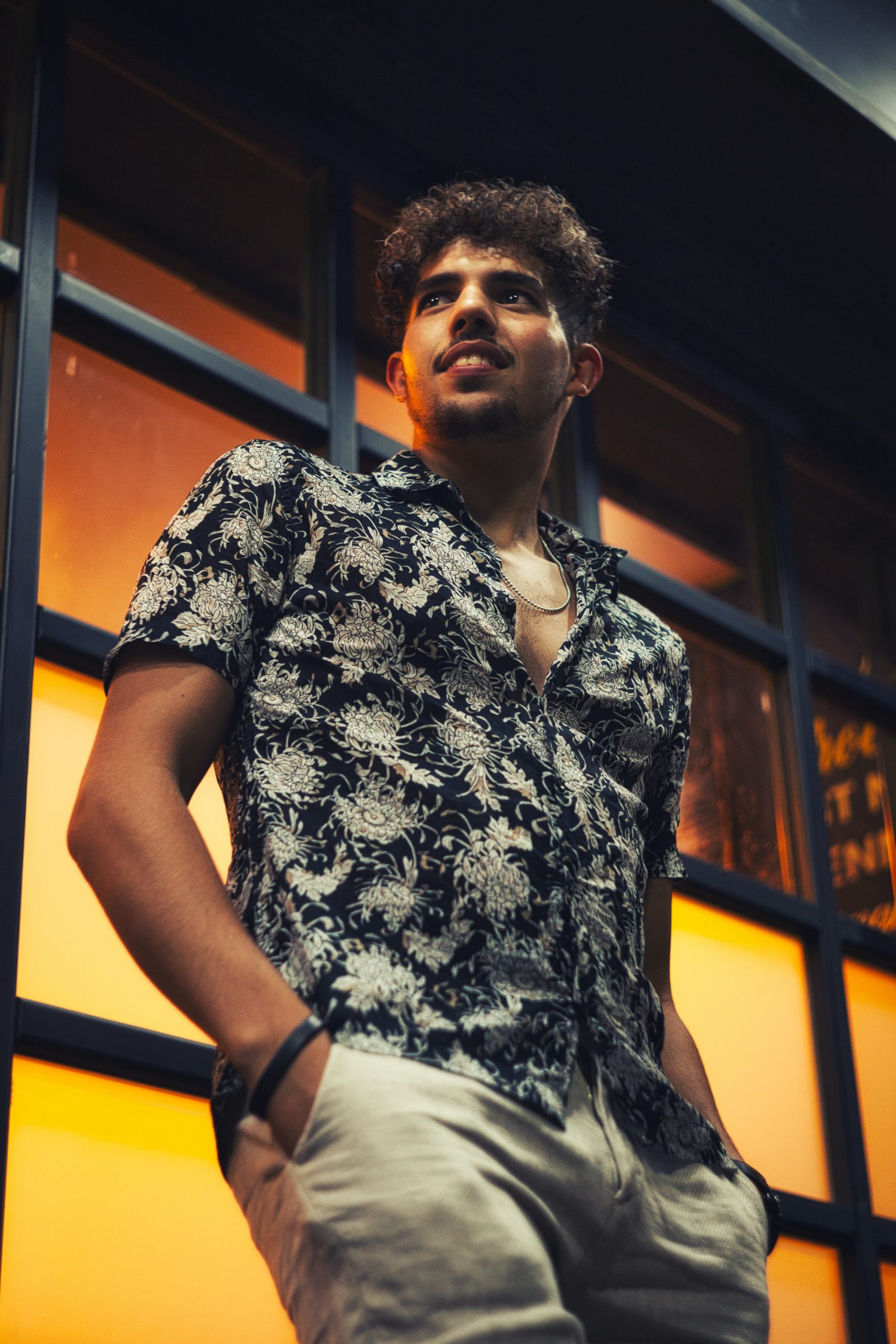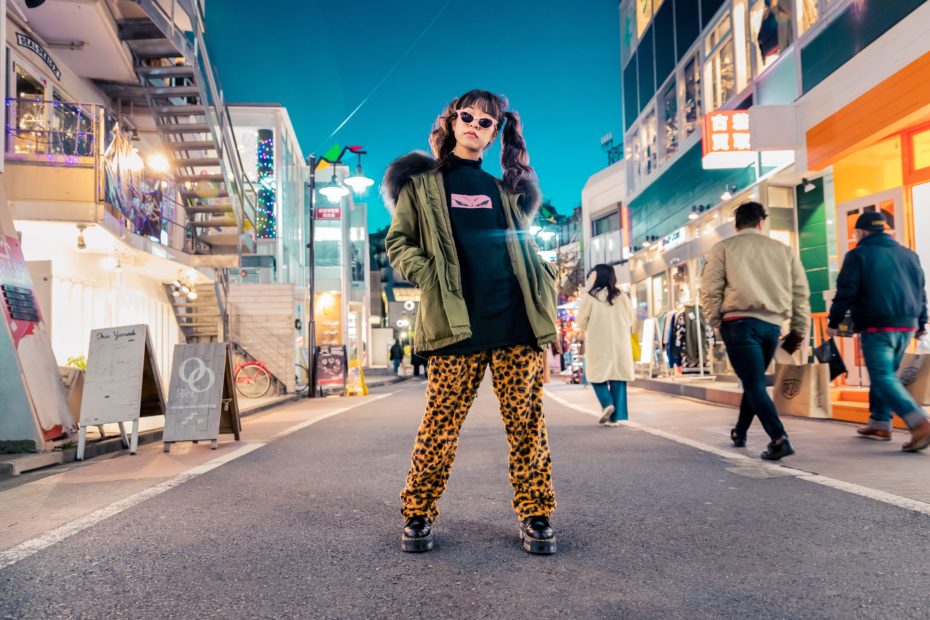Kim Kardashian or Gabrielle Bonheur “Coco” Chanel? Who among these are the main influential fashion celebrities of our time?
What is Fashion Trend Forecasting?
Refers to the goal of understanding insightful dynamics of the fashion industry.
Fashion prediction covers the colors, fabrics, patterns, styles, silhouettes, and expected clothing selection for upcoming seasons.
Businesses require to make proper fashion predictions to draw and maintain customers to their respective brands. Additionally, people need to appear fashionable. While some old fashion classics still retain their allure and pull but fashion designers need to produce clothes that sell fast.
Fashion Trend vs. Fashion Trend Forecasting
Fashion trends cater to the needs, values, and desires of the majority to become the most popular at a specific moment in time. On the other hand, fashion trend forecasting looks to predict the viability and acceptance of upcoming specific fashion attributes.
Short-term Fashion Trend Forecasting
With the Fall fashion trends almost coming to a close, most fashion brands are now focused on producing best-selling winter trends. The short-term fashion forecasts predict the expected trends for the next 6-12 months (microtrends).
Microtrends examine current events and prevailing pop culture to provide insights into what the masses are likely to consume in the short term.
Long-term Fashion Trend Forecasting
In this framework, it examines wider directional trends that suggest an underlying societal shift, which, is likely to affect both the cultural and social paradigm of the majority. It’s commonly referred to as the macro trends.
Unlike micro trends which solely focus on limited categories, macro trends cut across multiple consumer lifestyles, behaviour, and aspirations. Furthermore, macro trends look at demographical changes, consumer shifts in fashion taste and preference, purchasing power, and overall consumer expectations. For instance, a McKinsey report indicates that 57% of fashion consumers want more environmental sustainability from the industry.
Mega and Fad Fashion Trends
Have you seen fashion trends that crashed before takeoff?
Well, remember when people certain outfits to reflect a specific character? For example, when the film ‘Money Heist’ was released, the robbers’ costumes worn by the cast members peaked. Interestingly, the costumes are symbolic.
However, over time, the fashion trend is fading. Numerous examples of fashion trends that flopped abound. In the fashion language, it’s known as a fad. A wide popular interest that lasts for a limited time, usually less than a year. It also peaks depending on events.
When a society undergoes a significant shift, such as an increase in resources, technological advancement, social change, and rapid urbanization, this triggers a Mega fashion trend. Due to the long periods required for these changes to reflect, mega-fashion trends don’t follow a specific timeline.
How to Predict Fashion Trends
Studying and observing socio-cultural movements forms an obligatory part of calling fashion trends. Based on data, intuition, and insights gathered, fashion companies project short, medium, and long-term trends and present findings via mood boards and writing.
Effective fashion predictions carry a large scope of information and extensive research to confidently make any bold proclamations. It’s an expensive and time-consuming process due to the complexity and unique methods required to collect applicable data.
Fun fact
Women’s fashion epitomizes micro fashion trends, unlike men’s fashion trends which are skewed toward macro trends.
No wonder women change their outfits up to four times while on vacation!
Influential Sources of Fashion Trends and Forecasting
- Attending popular fashion shows
The Met Gala marks one of the most important global fashion shows. Artists, film actors, politicians, and an array of personalities across the different fields congregate to show who’s best clad. The fashion world assembles to decipher and criticize who did best.
During this year’s the Metropolitan Museum of Art’s Costume Institute Gala (Met Gala), celebrities went to great lengths to outdo each other. The controversial Kim Kardashian rented out the 1962 Marilyn Monroe dress for the red-carpet portion of the event. The dress was auctioned for $4.8 million in 2016 and is dubbed the “original naked dress.” That’s the power of fashion trends and durability to defy time. The process of using fashion events and shows for fashion forecasting is referred to as ‘top-down’ forecasting since it underscores how fashion diffuses from Hollywood-esque environments to runway streets.
- Contracting fashion trend agencies
For the firms still looking to find a footing in the fashion industry, they rely on research generated by fashion trend agencies which are tasked with collecting relevant data to drive insights.
- Use of influencers
It’s one of the most popular ways of influencing fashion wear. Nowadays, when a fashion company wishes to quickly get its products into the market, using influencers and blogs with a wide reach. This is known as bottom-up fashion forecasting. Vogue and Women Wear Daily are some prime examples of how influencing drives fashion trends.
Combining both top-down and bottom-up fashion forecasting is the most viable paradigm often applied by trend forecasters. It’s important to understand that some fashion brands depend on the ingenuity of their designers.
Expectedly, whichever fashion forecasting paradigm a company pursues, challenges such as inefficiency, astronomical costs, and reliance on experts exist. This results in bias which if not managed can lead to brand direction.
Using social media for fashion forecasting
Social media can make or kill a brand. Consumers have the power to determine what trends to sustain and the ones that ought to die. With high consumer consumption rates, it means people can see which trend is on the rise, and which celebrity has the best outfit for fall 2022. Social media creates a prism almost as powerful as influential fashion shows.
When Katie Holmes flagged a taxi while wearing an off-the-shoulder cardigan, the internet went nuts. Later, the ‘sexy cardigan’ became Summer’s best-selling apparel.
Gucci, Armani, and other fashion brands compete for prominence in the social media space. Some companies started adopting by bringing in hashtags that resonate with the masses. Social media affects consumer interactions and general perception. Deducting insights from social media interactions with customers, fashion brands anticipate and predict market trends.
Artificial Intelligence for Fashion Forecasting
Social media provides data on hashtags and customer reactions to different fashion trends, and activity on e-commerce websites. The computational analysis allows for swift fashion recognition, detection, retrieval, and market segmentation. In a pragmatic sense, millions of photos are uploaded on different social media sites.
Photos depict more than the appearance of an individual. They communicate aspects such as weather, subculture, preferences, etc. and these can be gathered using AI to make fashion predictions.

Amazon developed GeoStyle, a computer system that collects images from Instagram and Flickr to predict future fashion trends. Based on weather, location, and socio-cultural events, GeoStyle segments demographics based on their fashion sense, and then decipher expected fashion trends.
Let’s base our argument on GeoStyle as a case study for AI in fashion prediction. By tapping into the power of convolutional neural networks (CNN), the process starts with the collection of an estimated 7 million images into a database. Since Flickr and Instagram provide the place and time of each image, the CNN model assigns bias and weights to different elements of the photo. The system further zooms on the background of the images to validate the exclusivity of some fashion trends to specific regions. This database enabled fashion researchers to identify locality-specific trends and infer the relationship between fashion and geography.
Smaller fashion companies with limited funds to compete with some of the biggest brands can use AI insights to understand periodical trends in a region. Essentially, applying AI levels the playing field and offers incentives to significantly alter the fashion business.
The Future of Fashion is Machine Learning
A large percentage of the fashion industry, estimated at 30%, moved to e-commerce platforms and this number is expected to grow locally and globally. It implies AI will continue to be an integral part of the industry.
After getting the emerging fashion trends in each region, the AI model allows fashion businesses to subject these insights to a ranking model for prioritization. Machine learning (ML) creates room for human input in bringing out the overall fashion trends. Businesses can segment markets into in-demand fashion styles at specific times.
It’s misleading to think these variables can adequately and objectively predict fashion. On the contrary, numerous studies show the need to have more data sets such as hobbies, occupations, and preferences for improved outcomes.
Ultimately, it comes to the question of objectivity. The fashion trends may be likable but always focus on connecting with consumers. Also, it’s impossible to cater to everyone’s needs through your aesthetics and label style. The key lies in mastering the fashion trends of your target audience.
